Tech Articles

No Frameworks, No Libraries: Learn How Python Web Servers Really Work Using Just Sockets
In the field of web application development, the Web Server Gateway Interface (WSGI) serves as a standard interface between Python web applications and web servers, playing a crucial role. It defines a universal approach that allows different web servers (such as Gunicorn and uWSGI) to work with various Python web frameworks (like Django and Flask). TCP connection pooling, a technique for optimizing network communication performance, avoids the overhead of frequent connection creation and destruction by pre-establishing and managing a certain number of TCP connections. This significantly improves the efficiency and stability of interactions between applications and external services (such as databases and caches). This article delves into how to implement a TCP connection pool based on WSGI in Python, providing technical support for building high-performance web applications.

Understanding SQL Regular Expressions (Regex)
SQL regex enables advanced, flexible string operations within various databases.
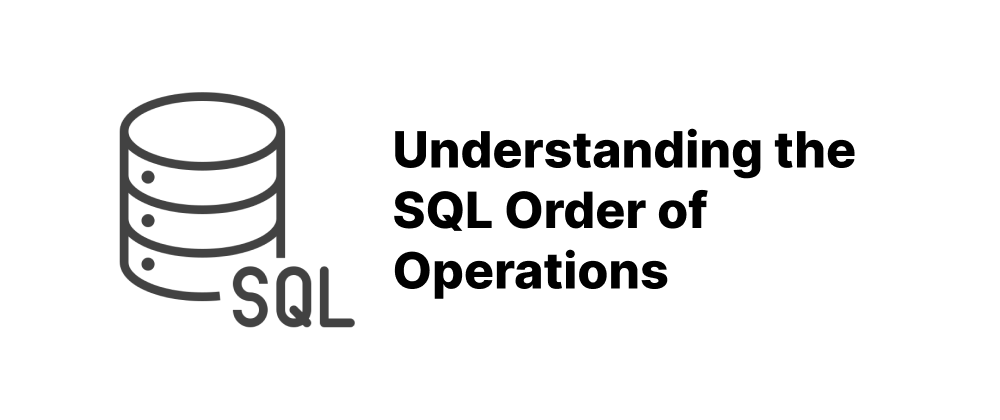
Understanding the SQL Order of Operations
SQL’s logical query order differs from its written syntax; knowing it prevents mistakes.

How to Join Three Tables in SQL: A Beginner’s Guide
Joining three tables in SQL is simple with proper JOINs and key columns.

Why Go Is the Language Made for Cloud-Native
Go’s simplicity and concurrency make it the natural choice for cloud-native development and scalable microservices.

When to Use sync vs. channel in Go
Comparison of Go’s sync package and channels for concurrency, with performance benchmarks and usage tips.

Python 3 Type Hints Explained — The Power of Static Typing
In the field of computer programming languages, the type system is a core mechanism to ensure program reliability and maintainability. Understanding the conceptual boundaries of dynamic languages, dynamic typing, static typing, strong typing, and weak typing is the foundation for in-depth analysis of the evolution of Python's type system.

Level Up Your Web Scraping with Python & BeautifulSoup
As the foundational language for web pages, HTML (Hypertext Markup Language) is widely used in fields such as web data processing and web development. Whether developers optimize web structures or data analysts extract information from web pages, HTML processing is indispensable. This tutorial focuses on core operations like HTML parsing, modification, and data extraction, helping readers master comprehensive methods and techniques for handling HTML.

Go Generics: Everything You Need to Know
An overview of Go generics: syntax, examples, type constraints, and practical guidelines for developers.

Getting started with Poetry: The Python dev tool you should be using
In the field of Python development, package management has always been a core issue in project maintenance. Although the traditional tool `pip` can meet basic installation needs, as the scale of projects expands, its shortcomings in dependency resolution and virtual environment management gradually become apparent. For example, when manually removing packages, it cannot automatically handle dependency relationships, which may lead to environmental chaos or dependency conflicts. As a new generation of package management tools, Poetry not only integrates virtual environment management and dependency resolution functions but also provides a clearer project configuration and release process, making it one of the current preferred solutions for Python developers.

How to Wait for Multiple Goroutines in Go: 4 Essential Methods
A guide to synchronizing and waiting for multiple goroutines in Go, including best practices.

Monitoring with Prometheus in Python and How Prometheus Works
**Prometheus** is an open-source system monitoring and alerting toolkit originally developed at SoundCloud. A core component of Prometheus is its data model, which defines the different data types used to represent monitored metrics. Understanding these data types is essential for effectively using Prometheus to collect, store, and query monitoring data. This article will delve into Prometheus data types, provide Python code examples to demonstrate their usage, analyze how they change over time (within one minute and five minutes), explain the underlying change principles, and finally present a Prometheus flowchart using English bash box diagrams.

Pure Python Reimplementation of FastAPI from Scratch
In the realm of Python web development, FastAPI is widely favored by developers for its efficient and concise routing design, as well as its powerful functionality. FastAPI is built based on the ASGI (Asynchronous Server Gateway Interface) protocol, which is different from the traditional WSGI (Web Server Gateway Interface). This article will explore how to start from WSGI to implement a routing scheme similar to FastAPI, while deeply analyzing key concepts such as WSGI and Uvicorn and their interrelationships.

Understanding the SQL `CASE` Statement: Syntax, Use Cases, and Examples
SQL `CASE` adds powerful conditional logic for flexible querying.

How to Delete a Table in SQL
Safely delete SQL tables using `DROP TABLE` and follow best practices.

How to Connect to a MySQL Database Using phpMyAdmin and PHP
A guide to securely connecting PHP to MySQL using phpMyAdmin.
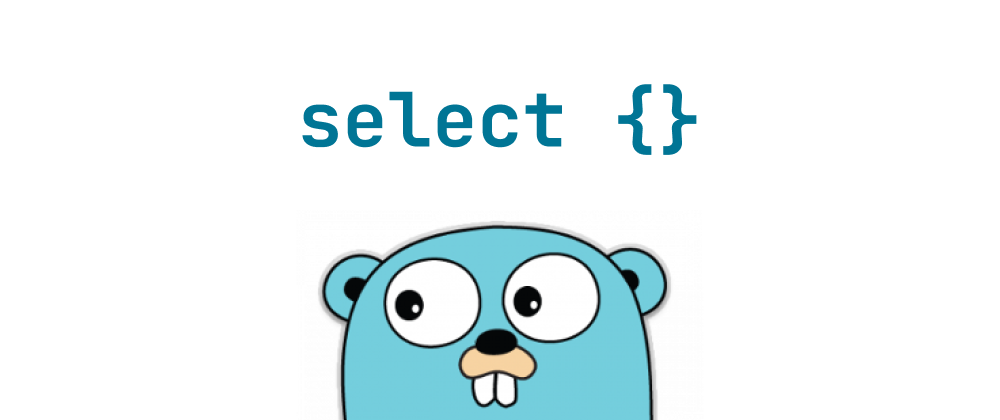
Understanding Go's select: Concepts, Usage, and Best Practices
Learn how to use Go's select statement to handle multiple channels, avoid deadlocks, and implement timeouts.

Go net/http Internals: TCP Socket Management
Overview of TCP connection management and socket handling in Go’s net/http package.
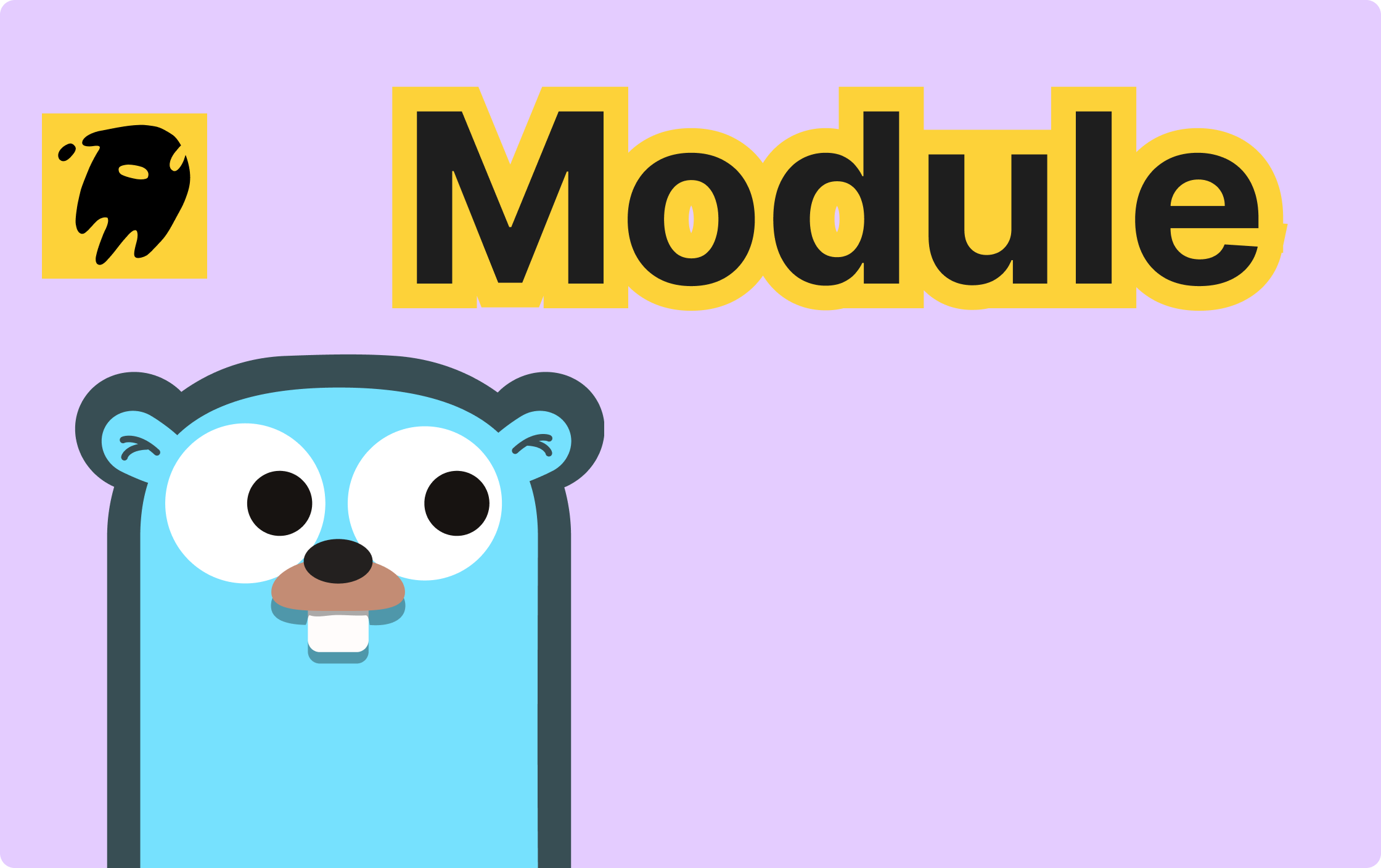
Go Dependency Management with Modules: Everything You Need to Know
Go has become a mainstream programming language in cloud computing and microservices due to its high performance and concise syntax. As project scales expand, traditional dependency management solutions (GOPATH + Vendor) increasingly reveal flaws in version conflicts, collaboration efficiency, and build reliability. Introduced in Go 1.11, Go Module—the official dependency management solution—restructures Go project dependency management through **modular design**, **semantic versioning**, and **automated dependency resolution**. This article dissects how Go Module achieves efficient and reliable dependency management from three dimensions: design principles, core components, and operational mechanisms.
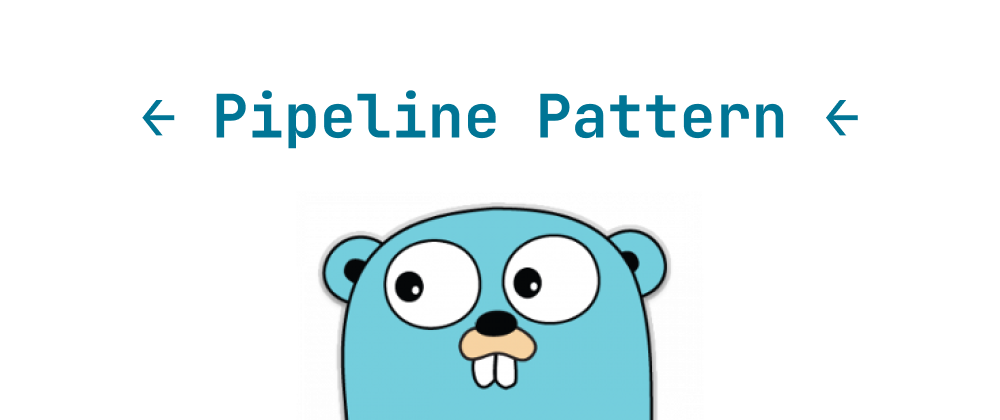
Practical Guide to Pipeline Pattern in Go
Explores Go’s pipeline design pattern using goroutines and channels for efficient, concurrent data processing.
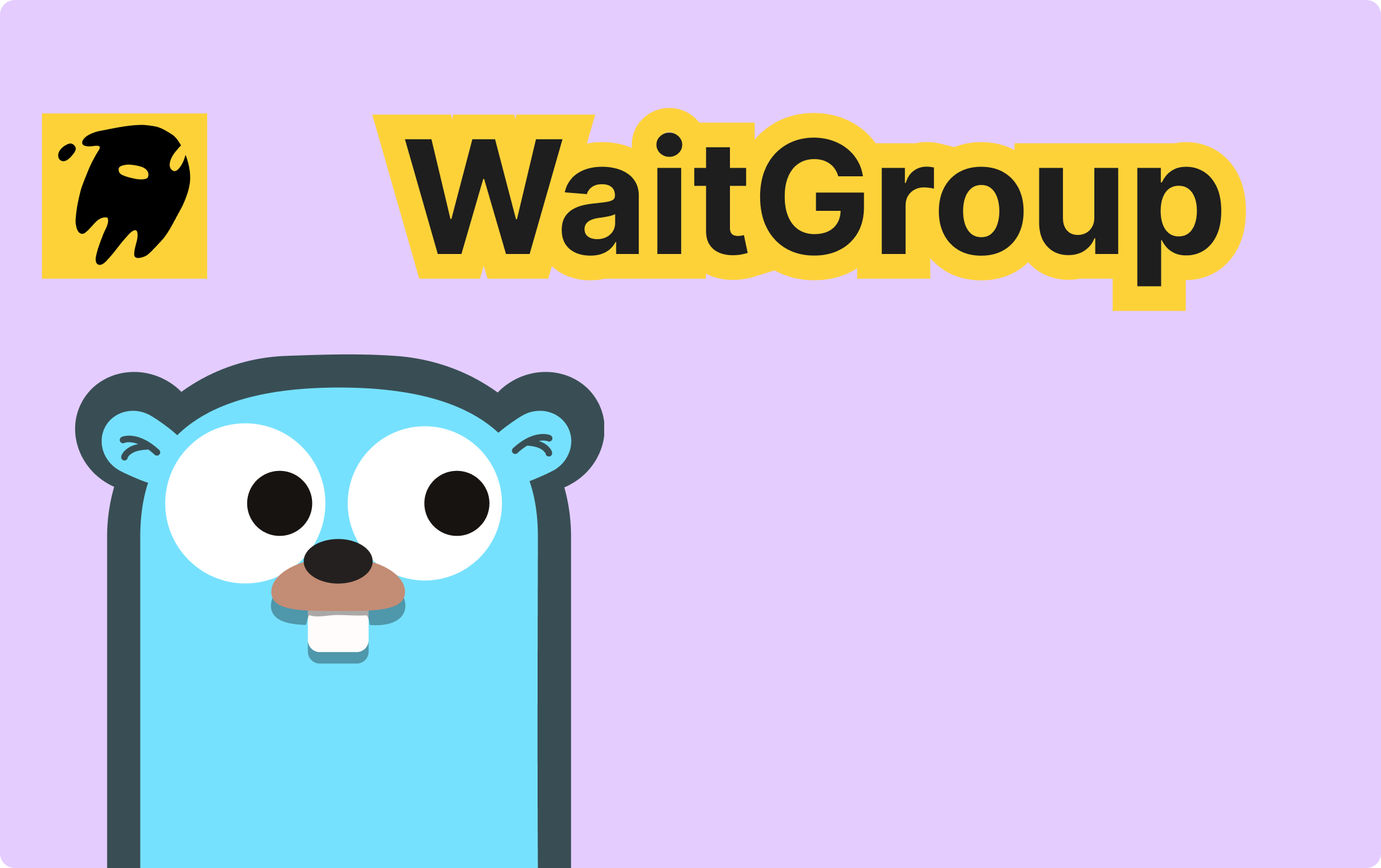
Inside Go’s sync.WaitGroup: The Story Behind Goroutine Synchronization
`sync.WaitGroup` is a basic tool for handling goroutine synchronization in Go language concurrent programming. Its design fully reflects the engineering practice principles such as memory alignment optimization, atomic operation safety, and error checking. By deeply understanding its data structure and implementation logic, developers can use this tool more safely and efficiently and avoid common pitfalls in concurrent scenarios. In practical applications, it is necessary to strictly follow the specifications such as count matching and sequential calling to ensure the correctness and stability of the program.
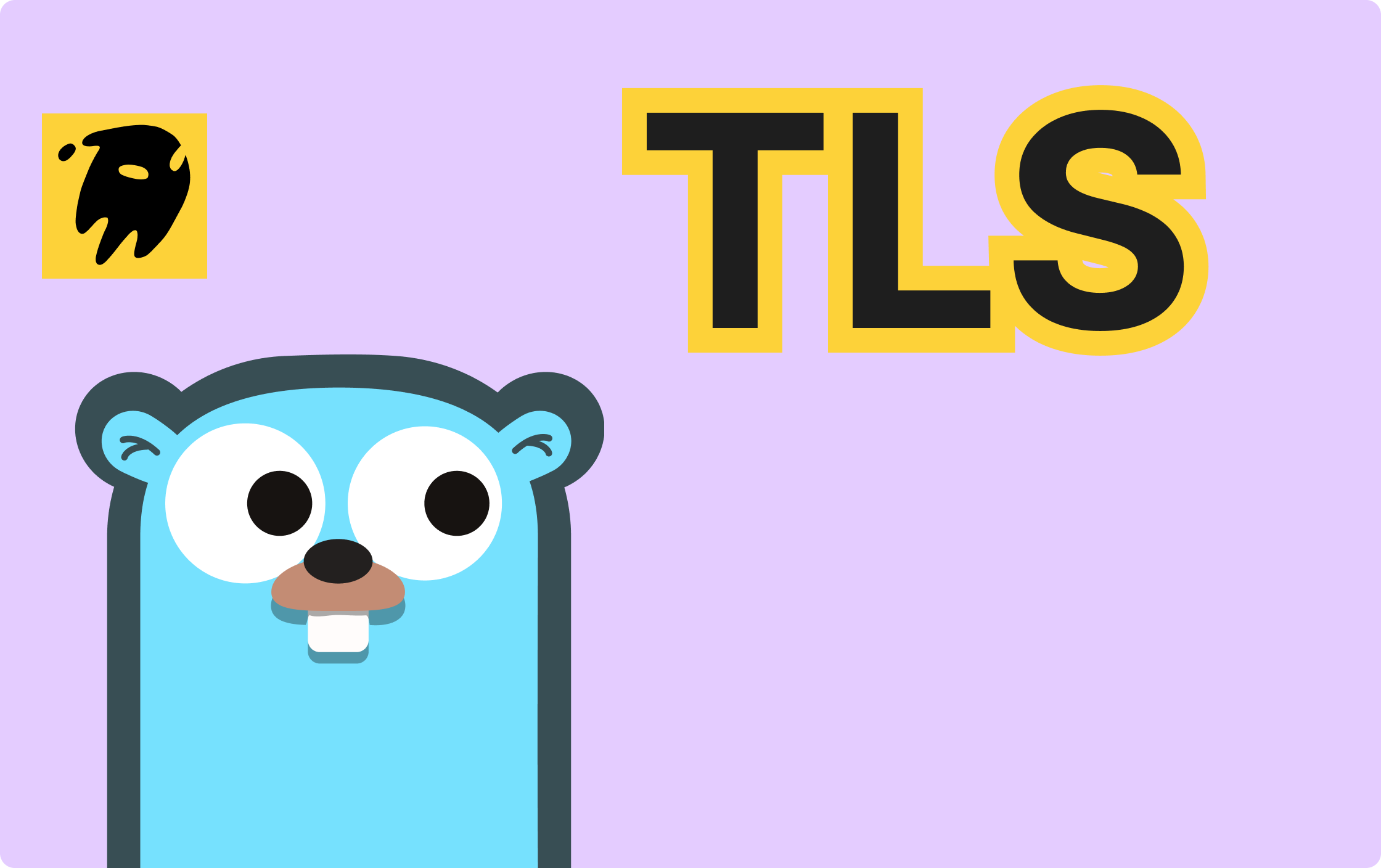
A Complete Guide to TLS in Go: Full Process Explained
The TLS (Transport Layer Security) handshake is a vital procedure that enables secure communication between a client (such as a web browser) and a server (such as a web server). Below is a detailed breakdown of the entire TLS handshake process:

Deep Dive into Go Slices: Mechanics, Memory, and Optimization
Explores Go slices’ internal structure, memory management, and best practices for performance optimization.

Understanding the OFFSET Clause in SQL
OFFSET in SQL enables efficient pagination by skipping rows in query results.

SQL `CASE WHEN THEN ELSE` Formatting Best Practices
Properly format SQL `CASE` statements for readable, maintainable queries.

Understanding SQL ROW_NUMBER(): Syntax, Use Cases, and Examples
SQL `ROW_NUMBER()` assigns unique row numbers for ranking and filtering.

Understanding PIVOT in SQL: Transforming Rows into Columns
PIVOT simplifies SQL data analysis by converting rows to columns.

Understanding the SQL DATEPART Function
SQL DATEPART extracts and analyzes specific date or time parts.

How to Use SQL ORDER BY with Multiple Columns
Sort SQL query results precisely using multiple columns.

Optimizing Go Performance: Practical Usage of sync.Pool and Escape Analysis
Guide to efficient object reuse and memory allocation optimization in Go with sync.Pool and escape analysis.
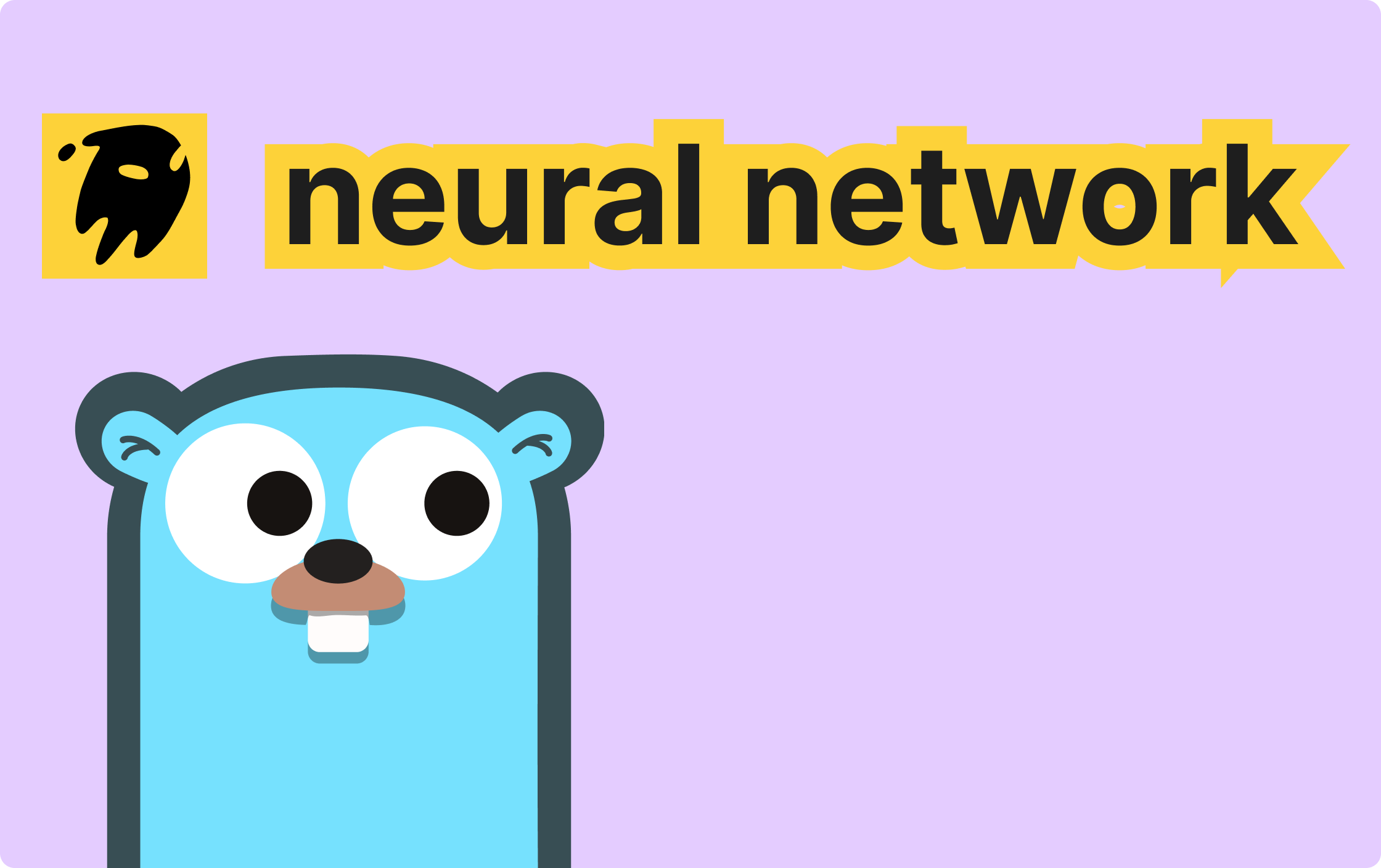
Neural Networks in Go: A Complete Guide to Building from Scratch
This article will introduce how to use the Go programming language to build a simple neural network from scratch and demonstrate its workflow through the Iris classification task. It will combine principle explanations, code implementations, and visual structure displays to help readers understand the core mechanisms of neural networks.

Understanding SQL Common Table Expressions (CTEs)
CTEs make complex SQL queries more readable and support hierarchical data handling.

How to Auto-Create SQL Tables: Methods and Best Practices
Quick methods to automatically create SQL tables across databases.
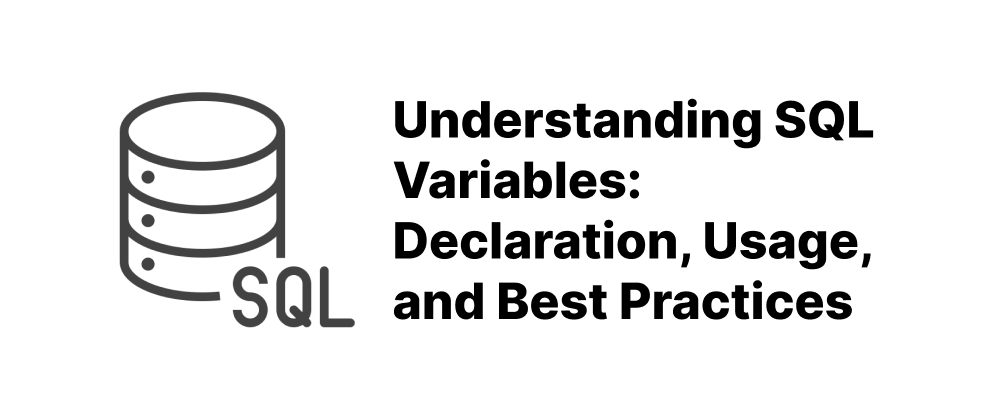
Understanding SQL Variables: Declaration, Usage, and Best Practices
SQL variables enable flexible, dynamic SQL code across databases.
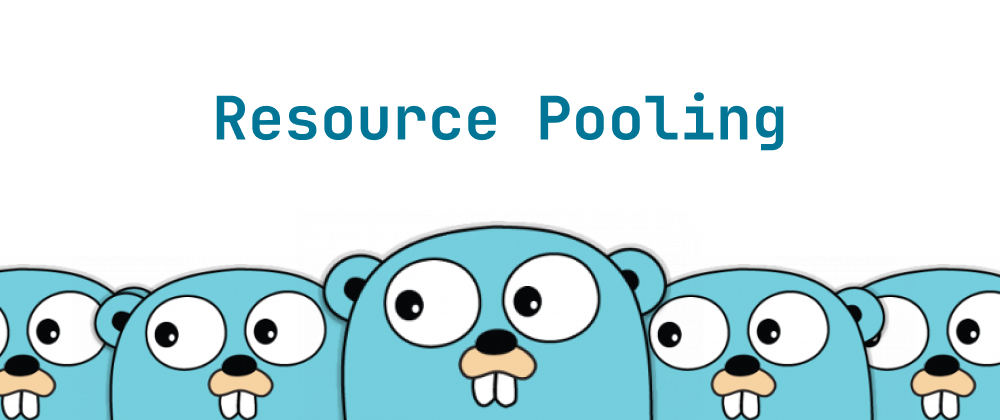
Resource Pooling in Go Explained: Best Practices, Anti-Patterns, and Monitoring
Explores pooling techniques, concurrency, pitfalls, and monitoring via Go’s database/sql connection pool example.

Understanding the SQL DECIMAL Data Type
SQL DECIMAL ensures precise storage for exact numeric and financial data.

Understanding and Resolving SQL Server Error 18456
Error 18456 is a SQL Server login failure resolved by checking credentials, authentication mode, and state codes.

How to Use the GETDATE() Function in SQL Server
GETDATE() fetches current date and time for SQL Server queries.
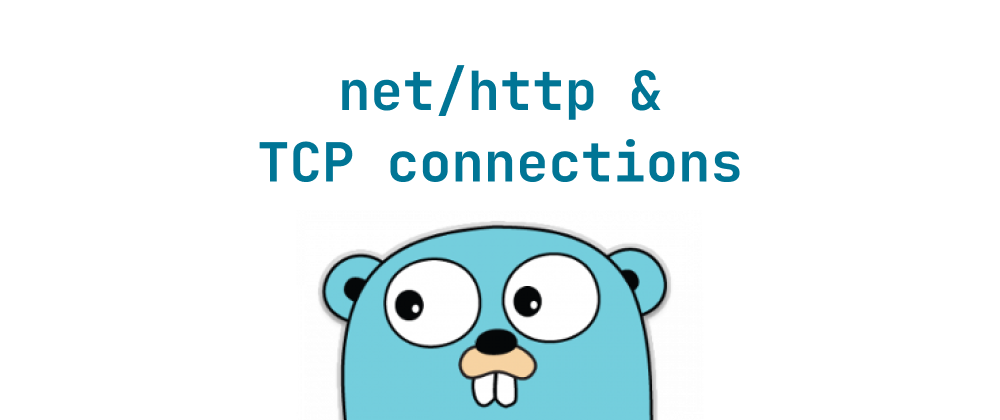
How Go's net/http Package Manages TCP Connections
Inside net/http: Socket creation, connection pooling, and HTTP data flow in Go.

Understanding the SQL LAG() Function
SQL `LAG()` enables easy row-to-row comparison and trend analysis.

How to Lint JSON: A Practical Guide
Lint JSON for error-free, well-formatted, and consistent data using various tools.

YAML vs JSON: A Comparative Analysis
JSON excels in speed; YAML in readability and configuration clarity.
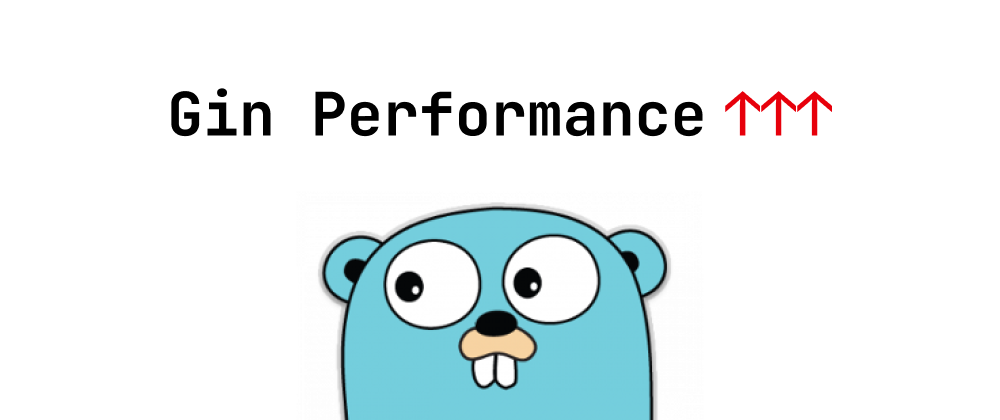
A Guide to Gin Performance Optimization: Routing, Memory Pools, and Async Tasks
Best practices for boosting Gin app performance, stability, and scalability.
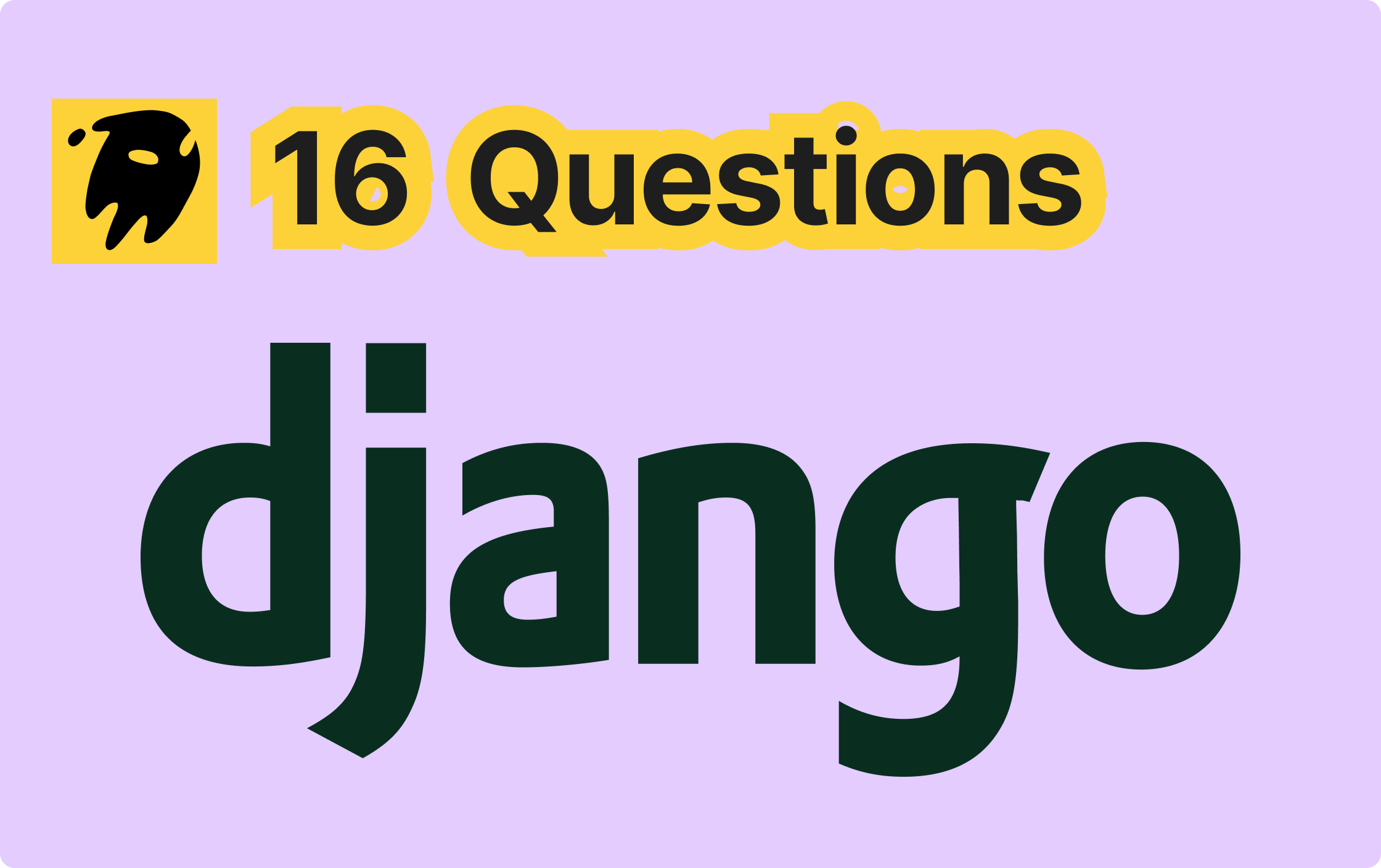
16 Advanced Django Questions You Should Know
When moving from beginner to advanced Django development, developers often encounter complex and challenging issues. This article compiles 16 common questions in advanced Django development and provides answers with rich examples to help developers master advanced Django development techniques.

Go Option Pattern Explained: Advanced Parameter Handling
Learn how the Option pattern simplifies parameter management and enhances code flexibility in Go projects.

All You Need Is Express and JSX
Node.js combined with Express.js remains a golden combination for building efficient web applications. When we need to provide dynamic HTML content to the client, Express introduces the concept of a "view engine". Over the years, EJS (Embedded JavaScript) has become a popular choice due to its simplicity. However, since the advent of React, JSX (JavaScript XML), with its component-based UI construction approach, has gained enormous favor among developers, and its philosophy is also fully applicable to server-side rendering.

Choosing Between make and new in Go
Covers key distinctions and best practices for using make and new in Go.

A Practical Comparison of Decorators in Python, Java, JavaScript, Ruby, and Scala
In the development of cloud service deployment platforms like Leapcell, code modularity, maintainability, and scalability are of utmost importance. As a powerful programming construct, decorators enable the addition of extra functionality to functions or classes without modifying the core logic of the original code. Decorators in different programming languages vary in syntax, functionality, and application scenarios. This article will deeply compare the similarities and differences of decorators in Python, Java, JavaScript (TypeScript), Ruby, and Scala, and provide examples combined with server-side scenarios of the Leapcell cloud service.
